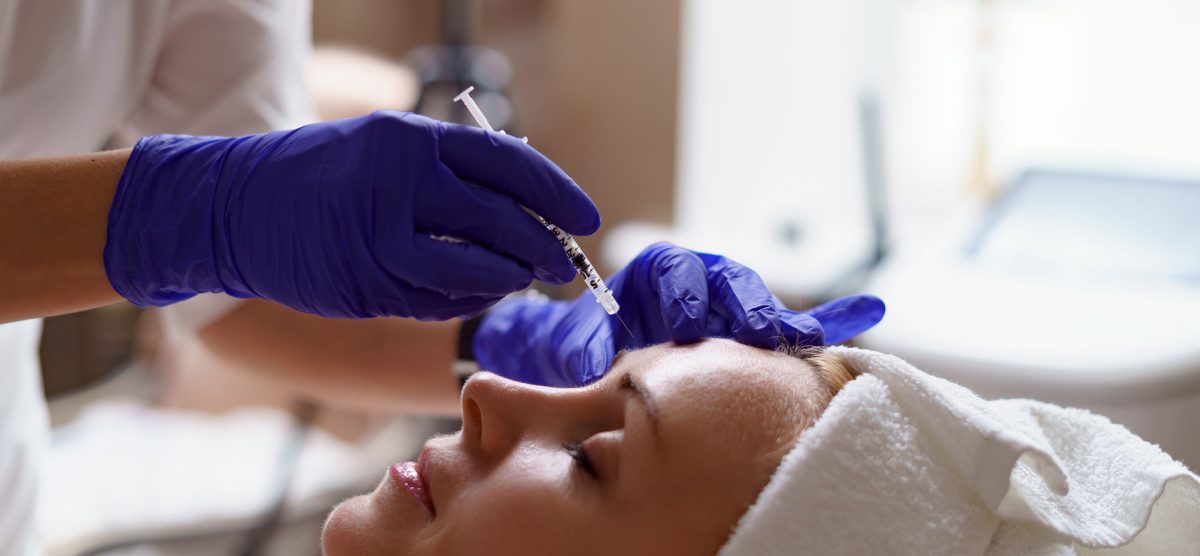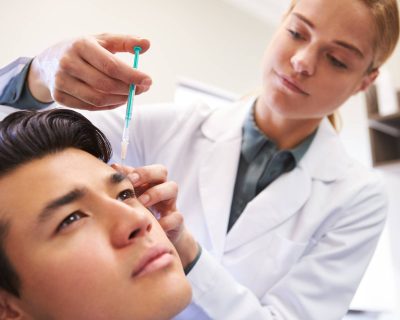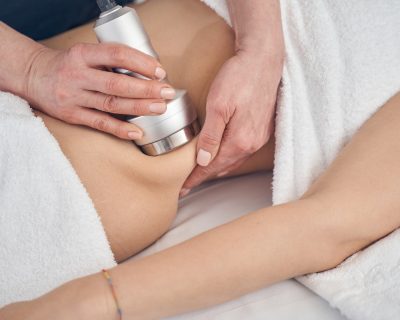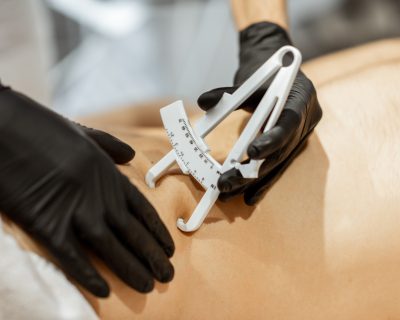Blog

5 Facts I Wish I Had Known Before Getting Botox
Medical treatments can be a major choice that involves weighing the benefits and the opportunity costs. Botox can be one of those considerations due to all the reviews and articles written about it. However, the benefits of Botox treatments can be seen by those who have experienced it firsthand. There are some facts to know before getting Botox to help you with any future treatments.
What is Botox?
Botox injections employ a toxin known as onabotulinumtoxinA to temporarily paralyze a muscle. The microbe that causes botulism, a kind of food poisoning, produces this toxin. Botox injections work by blocking particular chemical signals from nerves, most of which cause muscles to contract. These injections are most commonly used to temporarily relax the facial muscles that create creases in the forehead and around the eyes. Botox injections can be used for more than just cosmetic purposes but are also used to address conditions that impair the body’s ability to operate.
It is temporary
When administered, Botox often has an effect in 3-5 days, but you may not get your complete and final benefits till about the 7-10 days mark. It may be advised that patients wait at least two weeks following their Botox injection before returning for a touch-up. It takes this long because the toxin takes time to inhibit nerve signals to the muscles and that does not happen right away.
Even though we may wish that Botox could last forever, unfortunately, it does not. The neurotoxin’s action will eventually wear off, and the nerves will be able to send signals to the muscles to begin functioning or contracting again. Generally, Botox usually lasts 3-4 months. There will undoubtedly be patients for whom it lasts longer, in the 4-6 month range, or for whom it lasts shorter, in the 2-month range. It is also normal for first-timers to discover that it does not last as long at first but may notice during the second treatment that the effects last longer. Everyone has a unique experience, and the outcomes may differ. Since it is a treatment that is temporary, once you begin Botox treatment it is advised to routinely receive them once every three to four months.
Botox does not actually erase wrinkles
Patients may find that Botox is a more preventative than rehabilitative treatment. Its main component “freezes” face muscles, preventing them from tightening and deepening lines and wrinkles. This may cause the applied area to smooth out in terms of appearance because it is no longer contracting giving it a rejuvenated look.
Within our faces, there are two different types of wrinkles, dynamic and static. Muscle movement, such as when you grin, laugh, or squint, causes dynamic wrinkles. Crow’s feet around your eyes and lines on your forehead are examples of common dynamic wrinkles. Botox is a suitable option for treating dynamic wrinkles since it employs various kinds of botulinum toxin to paralyze or relax muscle action temporarily. It can smooth out wrinkles and make you seem younger.
Static wrinkles are formed by a lack of elasticity and collagen in your skin, as well as sun damage or side effects of smoking. Your skin grows thinner and drier as you age, and the shape of your face changes due to volume loss. While some doctors may suggest Botox for static wrinkles, fillers may be more effective. Fillers lift the skin, smooth out lines and wrinkles, restore volume loss, and make you seem younger. Fillers such as hyaluronic acid (Juvederm) are ideal for treating fine lines and wrinkles around the mouth. A combination of Botox and fillers will offer the best results for many people.
Avoid certain substances before your treatment
Botox can give you a more youthful appearance with results that look subtle and natural. While there’s no extended downtime after treatment, one factor that may prevent you from benefiting from its effects as soon as possible and has a potential for facial bruising. Drinking wine, specifically consuming red wine in particular, can increase your chances of bruising following Botox treatment. To avoid this, it can be recommended that patients should plan to give up wine for seven days before their Botox appointment.
You should be able to see the benefits of your BOTOX treatment within 4-5 days, with fewer pronounced facial wrinkles and overall younger-looking features. Bruising and discoloration, on the other hand, are not part of anyone’s cosmetic enhancement goal. As a result, it is recommended that you refrain from using anti-inflammatory medications for seven days prior to receiving Botox injections. However, certain people require anti-inflammatory drugs for medical reasons. If this is the case, please discuss it with your certified provider during your initial consultation so that they can properly arrange your care.
There are certain activities you can and can not do after treatment
Following a Botox procedure, your behaviors and lifestyle choices might either increase or reduce the wrinkle-reducing effects. Here are some considerations to keep in mind before getting Botox to ensure the best results after.
Refrain from makeup use
Consider avoiding wearing makeup for 24 hours after your Botox procedure. Applying makeup requires massaging the skin and touching your face. You may touch the treated region, but you should avoid touching your face for the first 24 hours to get the most out of the treatment. Applying makeup has the ability to disperse the recent Botox treatment.
Wait before exercising
If you exercise regularly, avoid strenuous physical activity for at least 24 hours following your Botox treatment. Depending on the length of your treatment, your doctor may advise you to wait several days. Physical exercise boosts blood flow throughout the body, including the face. The increased blood flow may transfer the Botox to undesirable locations, reducing the efficacy of the treated area. Exercise also contracts muscles, which may reduce the advantages of Botox therapy.
Exercise your face
As previously stated, you should avoid strenuous physical activity for at least 24 hours after your treatment, however, you can gently exercise your face muscles during this period. Experiment with different facial emotions, such as smiling, frowning, and raising your brows. These actions are recommended because they can help you experience the advantages of botox treatment sooner. Along with reaping the effects of botox quickly, frowning frequently for around an hour after the surgery enhances absorption by the targeted muscle groups. Avoid excessive facial expressions for the following 12 hours after that one hour.
A first-time consultation is important
As with any procedure, selecting a practitioner who makes you feel at ease and, in this situation, suits your aesthetic is critical. Booking a consultation with a certified cosmetic surgeon or dermatologist will allow you to get a taste of their work and clinical skills while also ensuring that any procedure you desire to undergo is appropriate for you.
During a consultation, your provider can also discuss what treatments and upkeep you are willing to do. In this case, it all comes down to you as an individual and your expectation. If you desire to look refreshed, maybe that means coming in two to three times a year and getting a Botox routine. However, if you desire to halt your aging cycle maybe that means coming in five to size times a year with various treatments. This all follows your ability for downtime, expectations, and overall treatment goals. All of these can be discussed in your consultation which can lay the foundation for your short-term and long-term goals.
Botox is a non-invasive procedure that can be done in a doctor’s office, which makes it a convenient way to reduce the appearance of wrinkles and lines on your face. Since the procedure is relatively quick and does not involve intrusive techniques you can return to almost any activity right after. However, before your treatment, there are some things you should consider before getting Botox injections.






